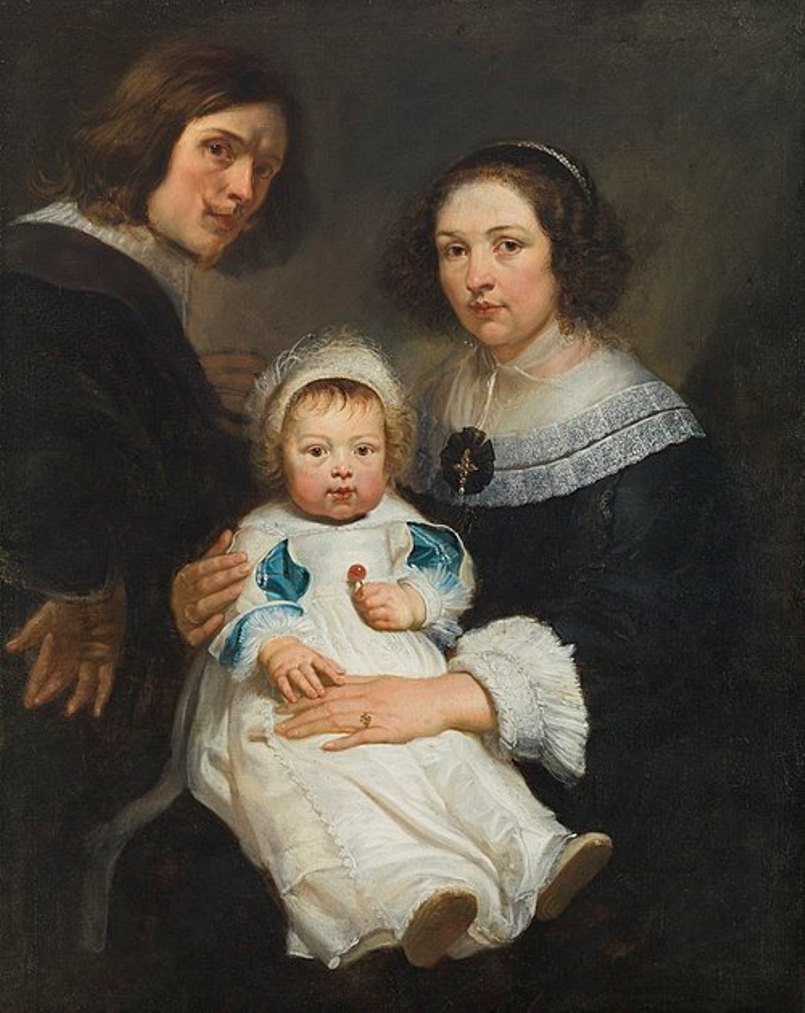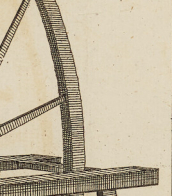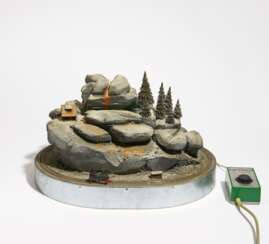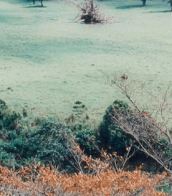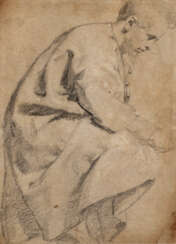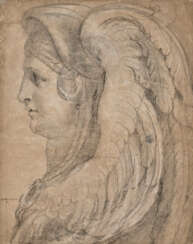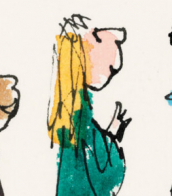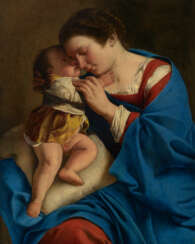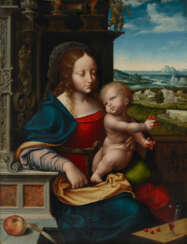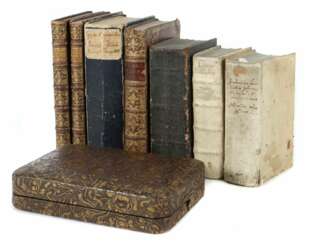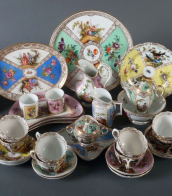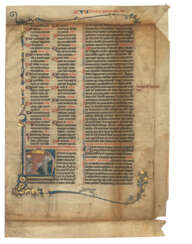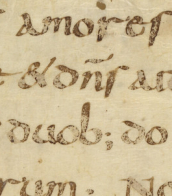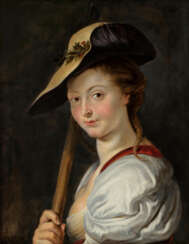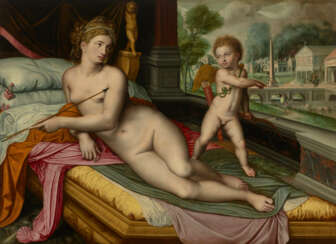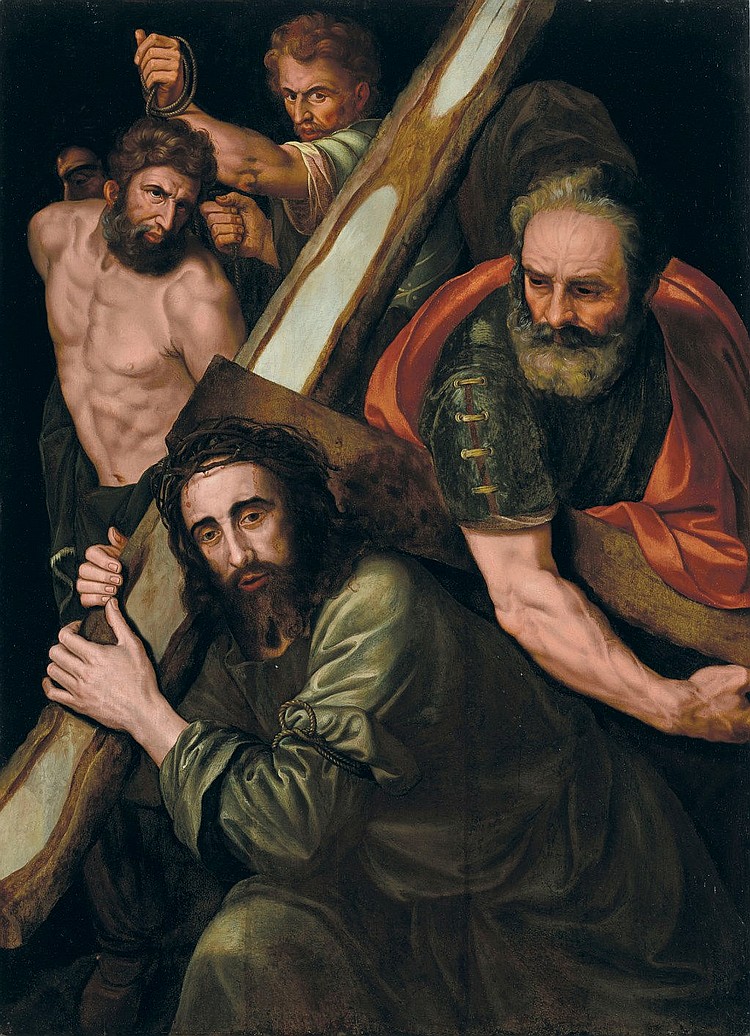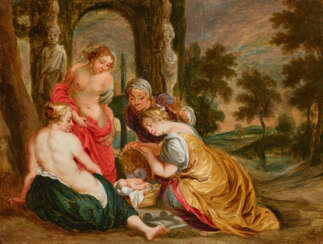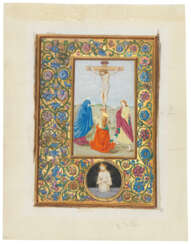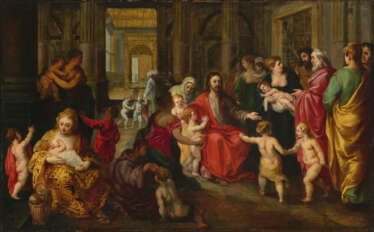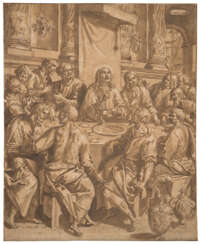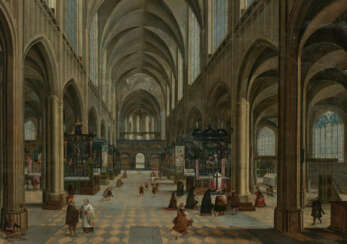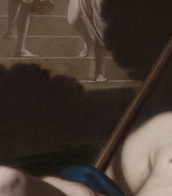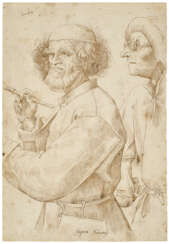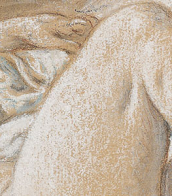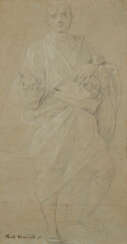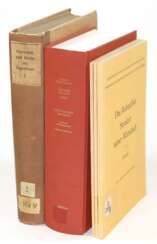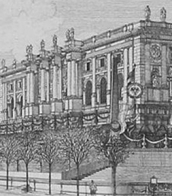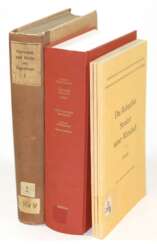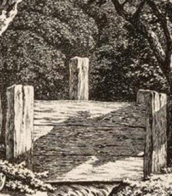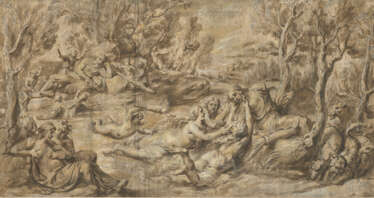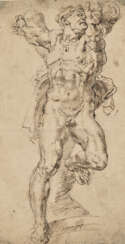turnhout
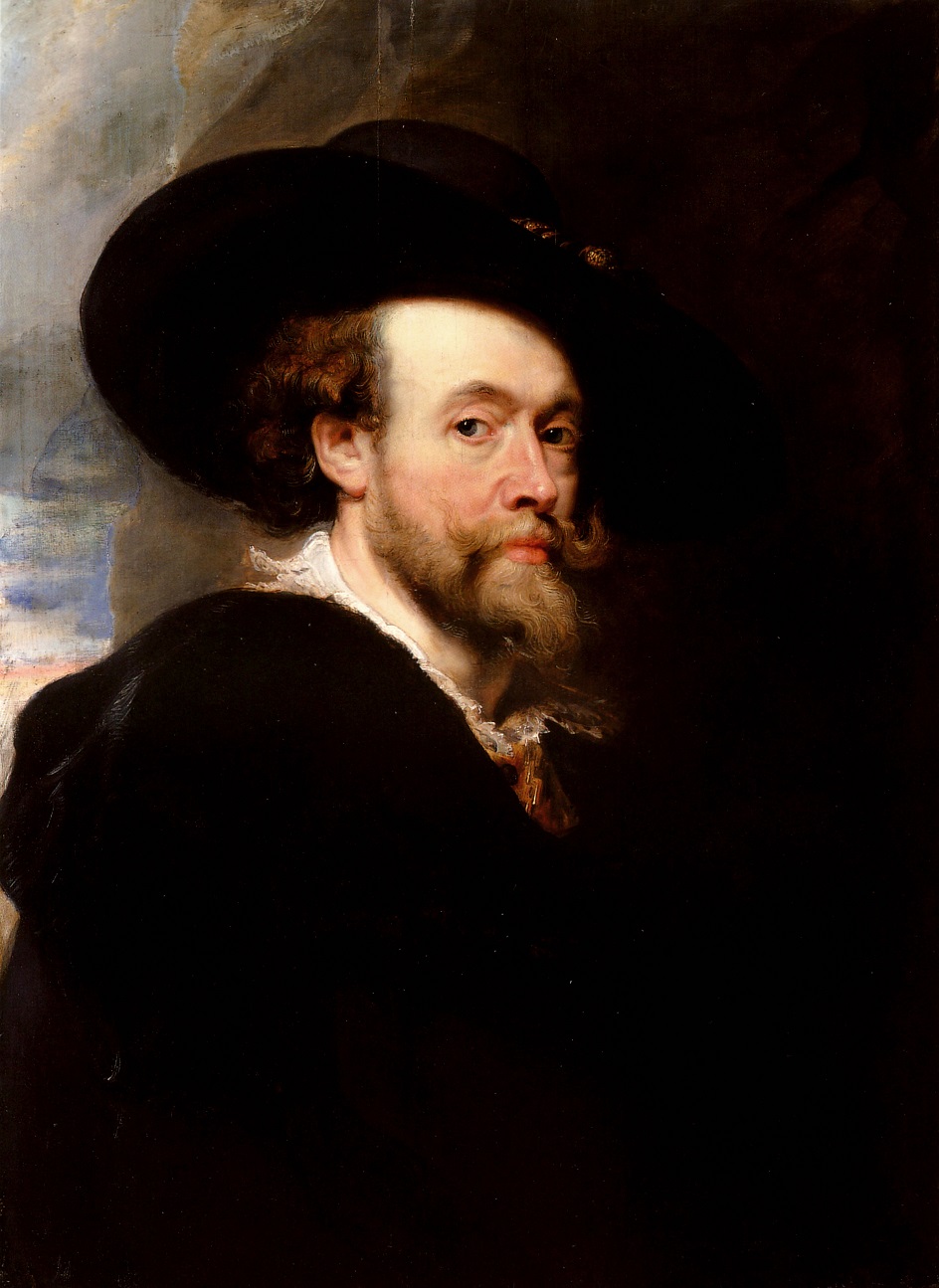
Peter Paul Rubens was a distinguished Flemish Baroque painter, renowned for his dynamic, vibrant, and sensuous paintings. Born on June 28, 1577, in Siegen, Westphalia, Germany, Rubens' family moved back to Antwerp in the Spanish Netherlands (now Belgium) after his father's death. He was raised in his mother’s Roman Catholic faith and received a classical education. He began his artistic training in 1591 and later traveled to Italy, where he was profoundly influenced by Renaissance masters like Titian, Tintoretto, and Veronese. This experience significantly shaped his artistic style.
Rubens' art is celebrated for its emphasis on movement, color, and sensuality. He was particularly skilled in depicting religious and mythological scenes, portraits, and landscapes. Some of his notable works include "The Descent from the Cross" and "The Raising of the Cross," which are prime examples of Baroque religious art, showcasing his unique style that blended influences from Italian Renaissance and his own innovations.
Rubens was not just a painter but also a diplomat, serving at various European courts. He was knighted by both Philip IV of Spain and Charles I of England. His diplomatic missions often intertwined with his artistic endeavors, as seen during his travels to Spain and Italy. In addition to painting, he was involved in designing tapestries, prints, and book title-pages. He ran a large workshop in Antwerp, producing works that were popular with nobility and art collectors across Europe. His studio was in his home, the Rubenshuis, now a museum.
His influence extended to his students, notably Anthony van Dyck, and his collaborative works with other artists like Jan Brueghel the Elder. Rubens' work continued to be celebrated for its vitality and influence on the Baroque style, making him one of the most influential artists of his time.
For those interested in the work and life of Peter Paul Rubens, many of his works can be found in museums and galleries worldwide, including the National Gallery in London, which houses several of his paintings like "A View of Het Steen in the Early Morning" and "Minerva protects Pax from Mars ('Peace and War')".
To stay updated on new product sales, auction events, and more related to Peter Paul Rubens, sign up for our updates. We provide essential information tailored for collectors and experts in art and antiques, focusing on the magnificent work of Rubens and his enduring legacy in the world of art.
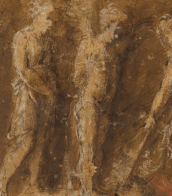

Peter Paul Rubens was a distinguished Flemish Baroque painter, renowned for his dynamic, vibrant, and sensuous paintings. Born on June 28, 1577, in Siegen, Westphalia, Germany, Rubens' family moved back to Antwerp in the Spanish Netherlands (now Belgium) after his father's death. He was raised in his mother’s Roman Catholic faith and received a classical education. He began his artistic training in 1591 and later traveled to Italy, where he was profoundly influenced by Renaissance masters like Titian, Tintoretto, and Veronese. This experience significantly shaped his artistic style.
Rubens' art is celebrated for its emphasis on movement, color, and sensuality. He was particularly skilled in depicting religious and mythological scenes, portraits, and landscapes. Some of his notable works include "The Descent from the Cross" and "The Raising of the Cross," which are prime examples of Baroque religious art, showcasing his unique style that blended influences from Italian Renaissance and his own innovations.
Rubens was not just a painter but also a diplomat, serving at various European courts. He was knighted by both Philip IV of Spain and Charles I of England. His diplomatic missions often intertwined with his artistic endeavors, as seen during his travels to Spain and Italy. In addition to painting, he was involved in designing tapestries, prints, and book title-pages. He ran a large workshop in Antwerp, producing works that were popular with nobility and art collectors across Europe. His studio was in his home, the Rubenshuis, now a museum.
His influence extended to his students, notably Anthony van Dyck, and his collaborative works with other artists like Jan Brueghel the Elder. Rubens' work continued to be celebrated for its vitality and influence on the Baroque style, making him one of the most influential artists of his time.
For those interested in the work and life of Peter Paul Rubens, many of his works can be found in museums and galleries worldwide, including the National Gallery in London, which houses several of his paintings like "A View of Het Steen in the Early Morning" and "Minerva protects Pax from Mars ('Peace and War')".
To stay updated on new product sales, auction events, and more related to Peter Paul Rubens, sign up for our updates. We provide essential information tailored for collectors and experts in art and antiques, focusing on the magnificent work of Rubens and his enduring legacy in the world of art.
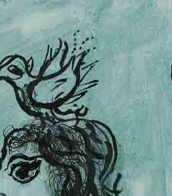
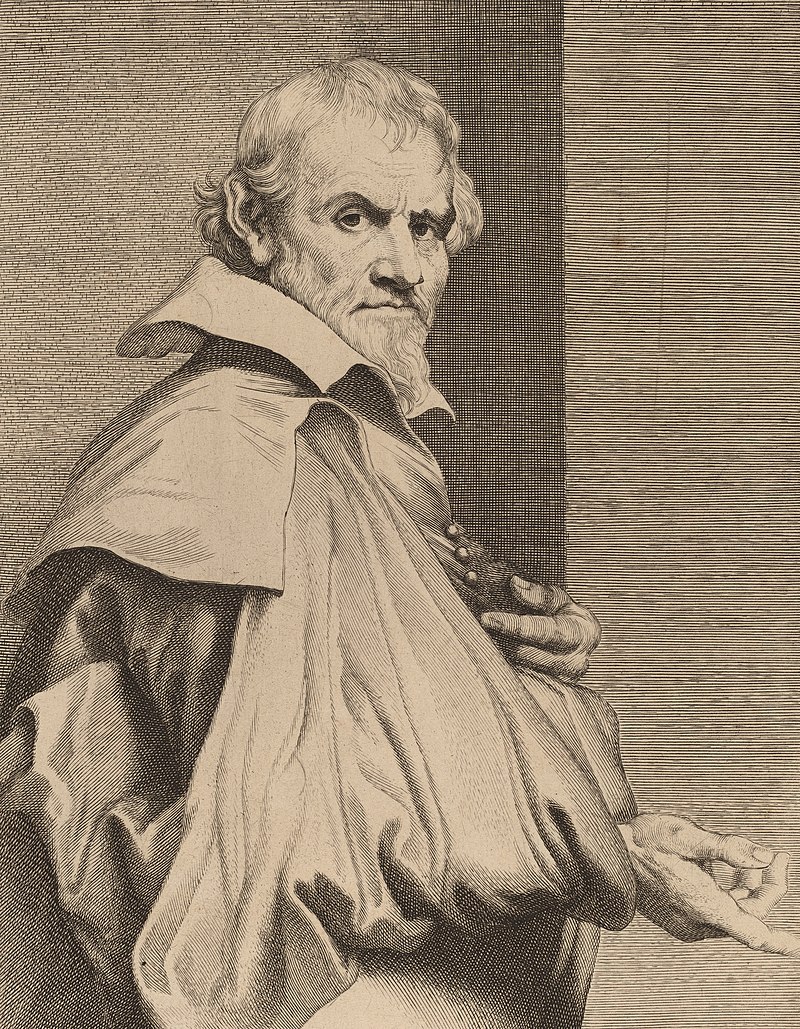
Orazio Gentileschi, an Italian painter born in 1563 in Pisa, is celebrated for his contributions to the Baroque style, particularly after adopting Caravaggio's revolutionary approach. Initially, Gentileschi worked in a Mannerist style but evolved his technique to incorporate Caravaggio's focus on naturalism and dramatic lighting, which significantly influenced his later works.
Orazio Gentileschi's career took him across Italy and eventually to the courts of Paris and London, where he served under Queen Henrietta Maria of England. This period is marked by an elegant and refined style, distinct from his earlier, more naturalistic works. Notable paintings from his English period include "The Finding of Moses" and various ceiling paintings at the Queen's House in Greenwich.
Orazio's influence extended beyond his own artworks; he was part of a family of artists, with his daughter Artemisia Gentileschi also achieving prominence as a Baroque painter. His works continue to be appreciated for their compositional skill and the delicate interplay of light and shadow, reflecting the Baroque era's dramatic intensity and emotional depth.
For those interested in the rich tapestry of Baroque art, Gentileschi's oeuvre offers a fascinating study in the evolution of style from Mannerism to the heightened expressiveness of Caravaggio's naturalism. If you're keen on delving deeper into Orazio Gentileschi's art and legacy, consider subscribing for updates on exhibitions, sales, and scholarly insights into his work and its historical context.
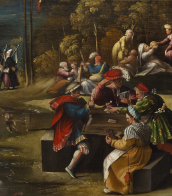
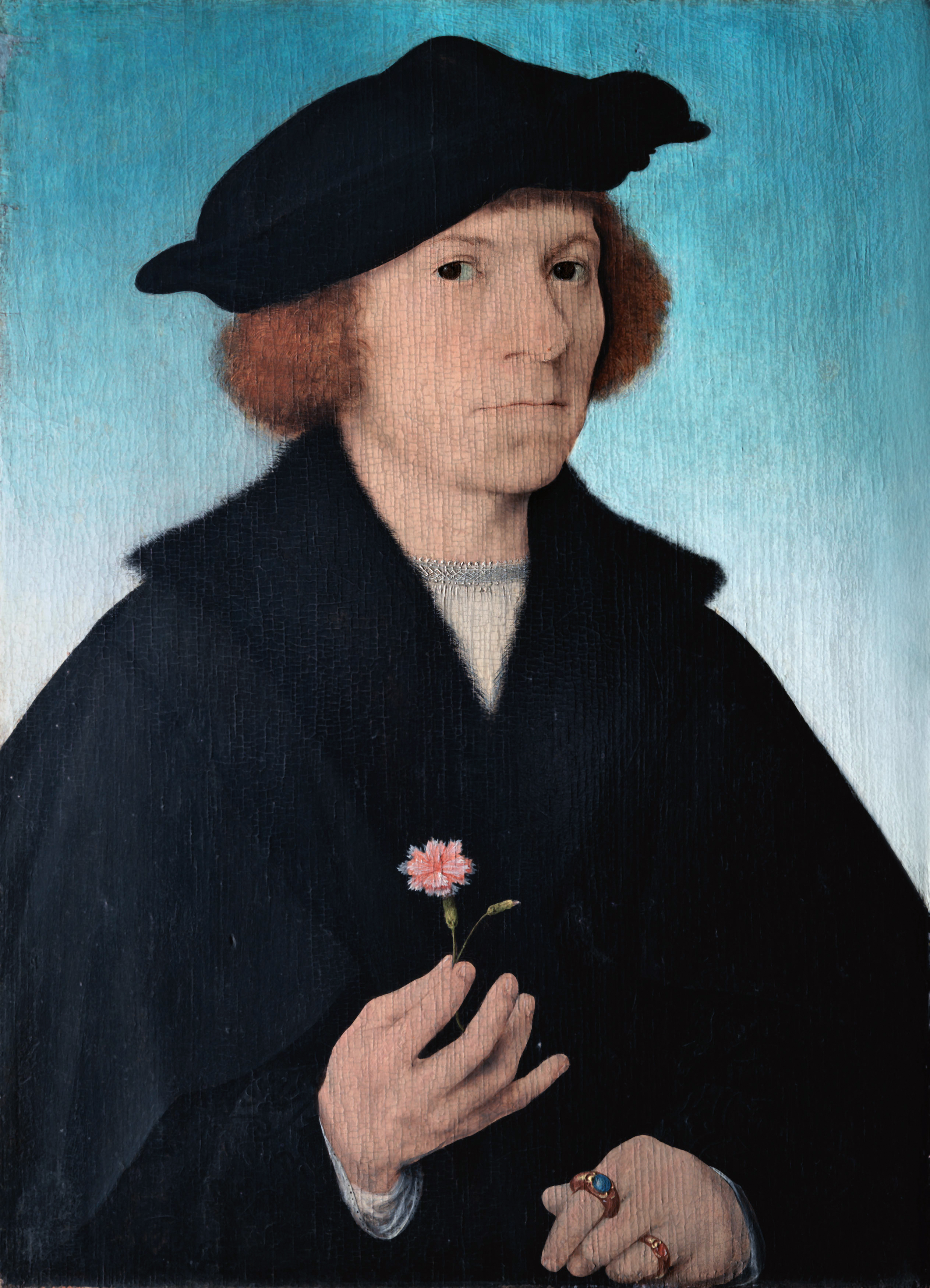
Joos van Cleve, also known by his real name Joos van der Beke, was a prominent Netherlandish painter, active mainly in Antwerp from about 1511 until his death in 1540 or 1541. His work predominantly centered around religious subjects and portraits, including notable commissions for the French King Francis I during his time at the French court. His artistic oeuvre reflects a blend of traditional Netherlandish painting techniques with contemporary Renaissance styles, showcasing his direct knowledge of local art combined with an awareness of Italian developments.
Van Cleve's work was characterized by its elaborate detail, particularly in his altarpieces which often incorporated portraits and landscapes, demonstrating his refined painting style. His success in Antwerp was significant, and he was also recognized at the French court, indicating his high regard as a portrait artist. Notably, Van Cleve had the opportunity to paint members of the royal court, including King Francis I and Queen Eleanor of Austria, underscoring his skills in portraiture.
His paintings are recognized for their sensitivity to color and a unique solidity of figures, with some works showcasing the popular style of Antwerp Mannerism. Van Cleve was an innovator in introducing broad world landscapes in the backgrounds of his paintings, a technique that became popular in sixteenth-century northern Renaissance paintings. Despite his contributions to the Renaissance art movement, Van Cleve also produced works that were highly eclectic, drawing on the styles of earlier Netherlandish masters as well as Italian influences, particularly in his use of sfumato, evident in his Virgin and Child compositions.
For art collectors and experts, Joos van Cleve's legacy offers a rich exploration into the transition from medieval to Renaissance art in Northern Europe. His body of work, found in prestigious collections such as the National Gallery in Prague, the Louvre, and the Royal Museums of Fine Arts of Belgium, remains a testament to his versatility and skill as a painter of both religious narratives and royal portraits.
To delve deeper into the fascinating world of Joos van Cleve and to stay informed about exhibitions or sales featuring his work, consider signing up for updates from art institutions and auction houses. This subscription will ensure you remain at the forefront of developments and opportunities related to this influential artist's oeuvre, enhancing your collection and understanding of Renaissance art.
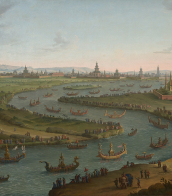

Peter Paul Rubens was a distinguished Flemish Baroque painter, renowned for his dynamic, vibrant, and sensuous paintings. Born on June 28, 1577, in Siegen, Westphalia, Germany, Rubens' family moved back to Antwerp in the Spanish Netherlands (now Belgium) after his father's death. He was raised in his mother’s Roman Catholic faith and received a classical education. He began his artistic training in 1591 and later traveled to Italy, where he was profoundly influenced by Renaissance masters like Titian, Tintoretto, and Veronese. This experience significantly shaped his artistic style.
Rubens' art is celebrated for its emphasis on movement, color, and sensuality. He was particularly skilled in depicting religious and mythological scenes, portraits, and landscapes. Some of his notable works include "The Descent from the Cross" and "The Raising of the Cross," which are prime examples of Baroque religious art, showcasing his unique style that blended influences from Italian Renaissance and his own innovations.
Rubens was not just a painter but also a diplomat, serving at various European courts. He was knighted by both Philip IV of Spain and Charles I of England. His diplomatic missions often intertwined with his artistic endeavors, as seen during his travels to Spain and Italy. In addition to painting, he was involved in designing tapestries, prints, and book title-pages. He ran a large workshop in Antwerp, producing works that were popular with nobility and art collectors across Europe. His studio was in his home, the Rubenshuis, now a museum.
His influence extended to his students, notably Anthony van Dyck, and his collaborative works with other artists like Jan Brueghel the Elder. Rubens' work continued to be celebrated for its vitality and influence on the Baroque style, making him one of the most influential artists of his time.
For those interested in the work and life of Peter Paul Rubens, many of his works can be found in museums and galleries worldwide, including the National Gallery in London, which houses several of his paintings like "A View of Het Steen in the Early Morning" and "Minerva protects Pax from Mars ('Peace and War')".
To stay updated on new product sales, auction events, and more related to Peter Paul Rubens, sign up for our updates. We provide essential information tailored for collectors and experts in art and antiques, focusing on the magnificent work of Rubens and his enduring legacy in the world of art.
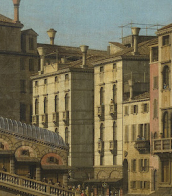

Peter Paul Rubens was a distinguished Flemish Baroque painter, renowned for his dynamic, vibrant, and sensuous paintings. Born on June 28, 1577, in Siegen, Westphalia, Germany, Rubens' family moved back to Antwerp in the Spanish Netherlands (now Belgium) after his father's death. He was raised in his mother’s Roman Catholic faith and received a classical education. He began his artistic training in 1591 and later traveled to Italy, where he was profoundly influenced by Renaissance masters like Titian, Tintoretto, and Veronese. This experience significantly shaped his artistic style.
Rubens' art is celebrated for its emphasis on movement, color, and sensuality. He was particularly skilled in depicting religious and mythological scenes, portraits, and landscapes. Some of his notable works include "The Descent from the Cross" and "The Raising of the Cross," which are prime examples of Baroque religious art, showcasing his unique style that blended influences from Italian Renaissance and his own innovations.
Rubens was not just a painter but also a diplomat, serving at various European courts. He was knighted by both Philip IV of Spain and Charles I of England. His diplomatic missions often intertwined with his artistic endeavors, as seen during his travels to Spain and Italy. In addition to painting, he was involved in designing tapestries, prints, and book title-pages. He ran a large workshop in Antwerp, producing works that were popular with nobility and art collectors across Europe. His studio was in his home, the Rubenshuis, now a museum.
His influence extended to his students, notably Anthony van Dyck, and his collaborative works with other artists like Jan Brueghel the Elder. Rubens' work continued to be celebrated for its vitality and influence on the Baroque style, making him one of the most influential artists of his time.
For those interested in the work and life of Peter Paul Rubens, many of his works can be found in museums and galleries worldwide, including the National Gallery in London, which houses several of his paintings like "A View of Het Steen in the Early Morning" and "Minerva protects Pax from Mars ('Peace and War')".
To stay updated on new product sales, auction events, and more related to Peter Paul Rubens, sign up for our updates. We provide essential information tailored for collectors and experts in art and antiques, focusing on the magnificent work of Rubens and his enduring legacy in the world of art.
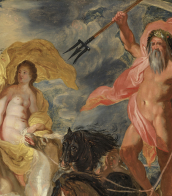

Victor Wolfvoet the Younger was a Flemish painter and art dealer, a member of the Guild of St. Luke.
It is believed that as a young man he worked in the studio of Peter Paul Rubens, where he assisted in the creation of works and painted several compositions based on the works of the great Antwerp master. In addition to painting his own pictures of historical and allegorical themes, Wolfvoet made copies of paintings by prominent painters of his time, including van Dyck and Rubens.
In addition, Wolfvoet the Younger, like his father, was active in the art trade. The inventory of his estate, compiled after his death, lists more than seven hundred works, including twenty oil sketches by Rubens.
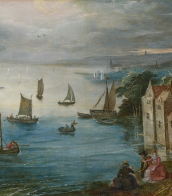
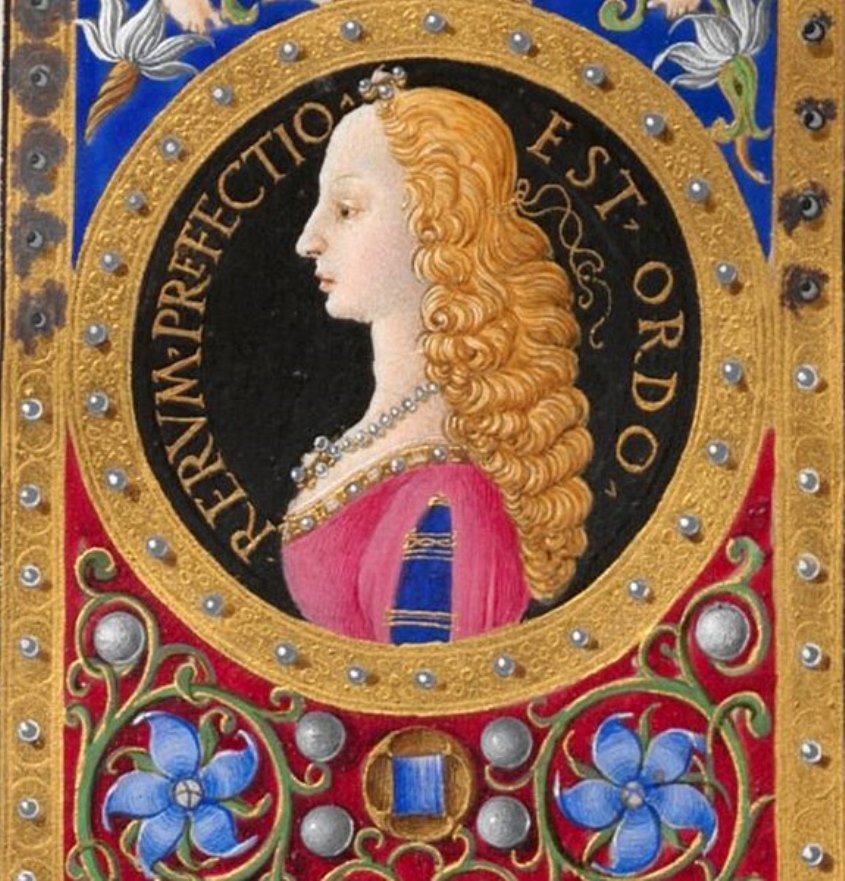
Francesco di Antonio del Chierico was an early Renaissance Italian painter, illustrator, and jeweler in Florence.
He trained as a goldsmith but later became a highly successful and revered manuscript illustrator. His work was sought after by the patrons of Florence in the second half of the fifteenth century, and he is also considered a favorite artist of Lorenzo de' Medici.
Francesco del Chierico decorated and illustrated books of all sizes that covered a variety of literary, scientific, historical, and religious subjects. He creatively painted manuscript margins as well as full pages. The artist's illustrations often included intricate floral compositions, and he also painted exquisite portraits.

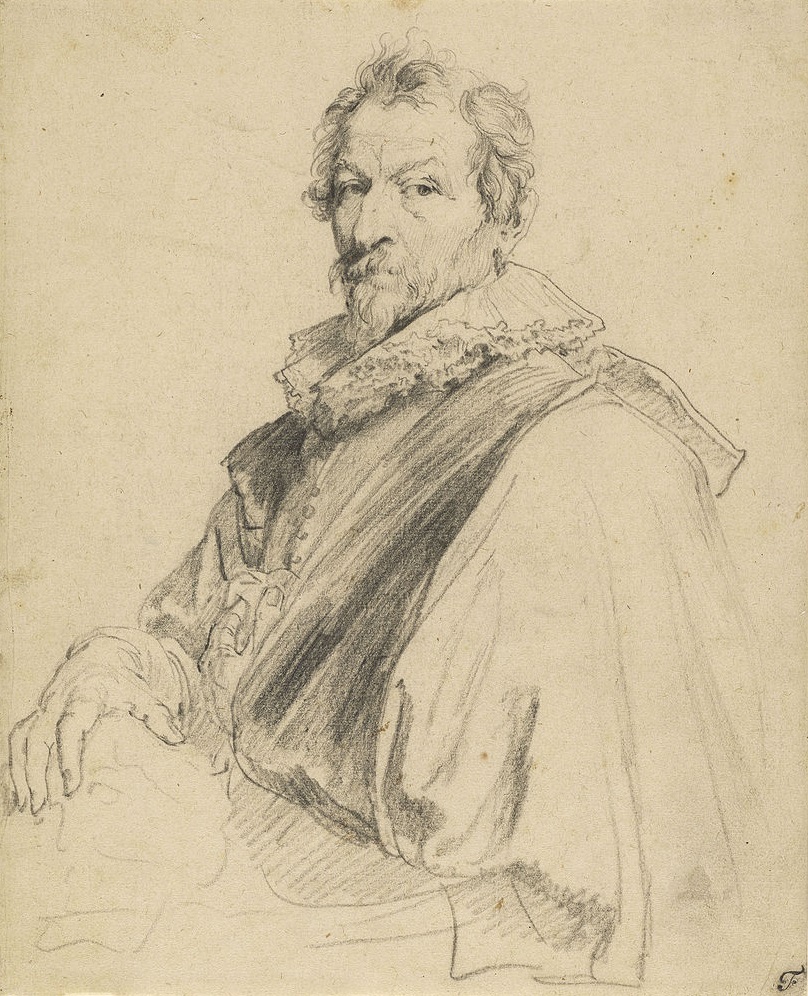
Hendrik van Balen the Elder was a Flemish Baroque painter and stained glass artist, member of the Guild of Saint Luke in Antwerp.
Hendrik van Balen specialized in small cabinet paintings, often painted on copperplate. The artist's work was inspired by mythological and allegorical as well as religious subjects. The artist played an important role in the renewal of Flemish painting at the beginning of the 17th century and was one of Antoni van Dyck's teachers.
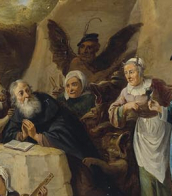
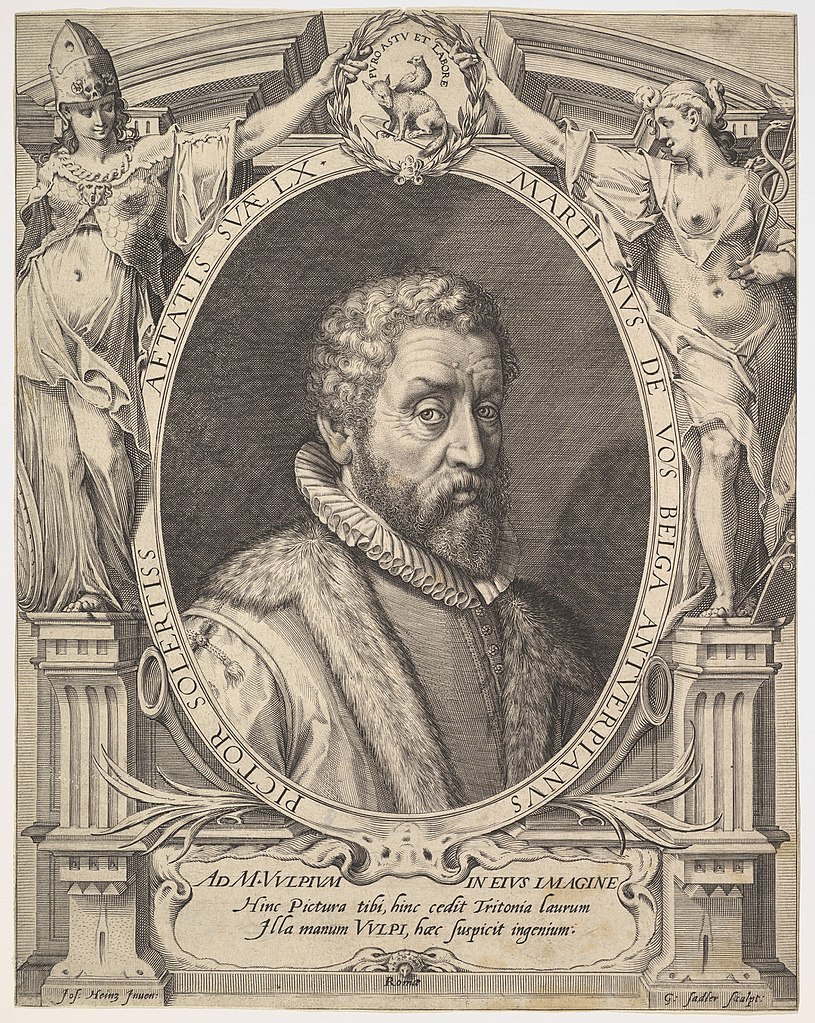
Marten de Vos (or Maarten de Vos, or Maerten de Vos) was a Dutch painter, draughtsman and graphic artist, dean of the Antwerp Guild.
After studying in Rome and Venice, de Vos returned to his native Antwerp in 1558 and became one of the city's leading artists. He created altarpiece images for many of Antwerp's churches. Many of his religious and historical paintings were later engraved, making him known throughout Flanders.
De Vos was also the founder of the Society of Romanists, whose members were famous artists and humanists of the time who appreciated the humanistic culture of Rome.

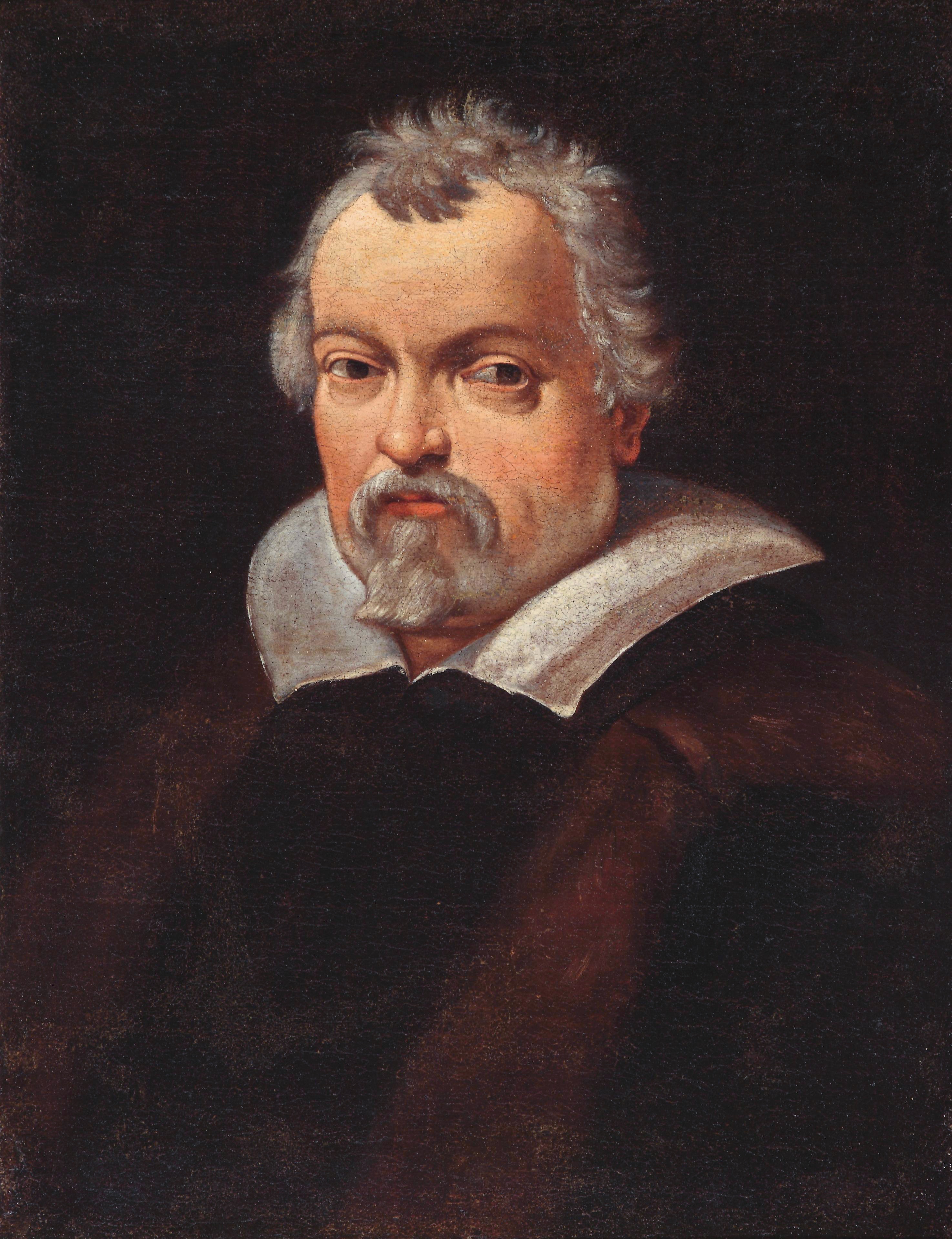
Lodovico Carracci was a significant Italian painter and printmaker from Bologna, renowned for his contributions to Baroque art and the Bolognese school. He was a pivotal figure in reinvigorating Italian art, particularly fresco art, which had been overshadowed by the formalistic Mannerism of the late Renaissance period.
His works are distinguished by their emotional depth and spiritual intensity, often achieved through bold gestures and dramatic lighting. As an artist, he was instrumental in establishing the Carracci workshop and style, alongside his cousins Agostino and Annibale Carracci. Together, they founded an art academy in Bologna around 1585 that focused on a naturalistic approach to painting, emphasizing life drawing and a return to classical principles.
Lodovico Carracci was known for his skillful use of colour and his ability to create harmonious and balanced compositions. His works often depicted religious and mythological subjects and he was particularly famous for his frescoes, which adorned many churches and palaces in Bologna. He was also an influential teacher, with Guido Reni and Domenichino among his pupils.
Among Carracci's known works are notable religious compositions like "The Lamentation" and "Madonna and Child with Saints," which are now housed in prestigious museums such as The Metropolitan Museum of Art in New York. He also worked on significant fresco cycles in private palaces, such as the cycle depicting the story of Jason and the Argonauts in the Palazzo Fava, completed in 1584.
If you'd like to stay updated on new art-related product sales or auction events featuring works by Lodovico Carracci, consider signing up for updates to receive notifications about upcoming events and sales. This subscription is exclusively for receiving alerts on art and auction news related to Carracci's works and does not include promotional materials unrelated to art.

